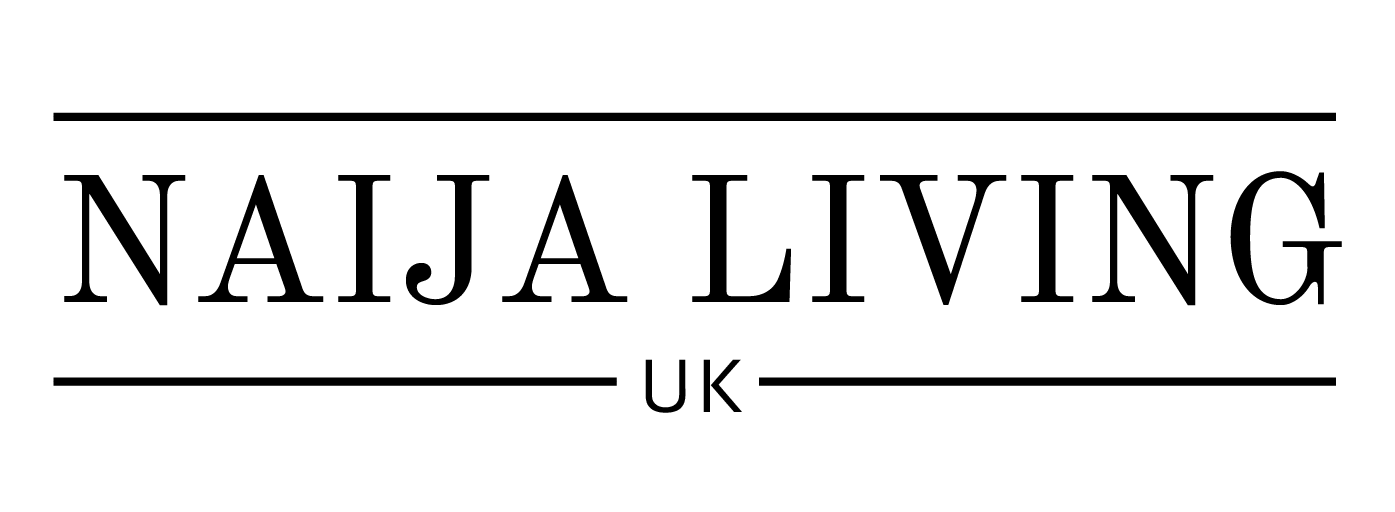The World of Human Gathering Fake: A Comprehensive Guide
The lines between reality and fiction often blur, leading to the phenomenon known as Human Gathering Fake. This term describes orchestrated events, both virtual and physical, that are not what they appear to be. Understanding this intriguing yet perplexing concept is crucial in navigating the complexities of modern social interactions and media landscapes. This guide delves into the world of human gathering fakes, exploring their origins, types, and impacts.
What is Human Gathering Fake?
Human Gathering Fake refers to events that are deliberately staged to give the illusion of genuine human interaction or participation. These gatherings can range from online events that simulate large audience attendance to physical assemblies like flash mobs that are choreographed to appear spontaneous. The phenomenon has evolved with the advent of digital technology, making it easier to orchestrate and disseminate these events.
Types of Human Gathering Fake
Virtual Gatherings
- Social Media Events: These are events promoted on platforms like Facebook or Instagram, claiming to have massive participation. However, the numbers are often inflated using bots or fake accounts to create a buzz.
- Online Communities and Forums: Some online groups are created to simulate active discussions and engagement. The interactions are driven by a few individuals or automated systems to give an impression of popularity or consensus.
Physical Gatherings
- Flash Mobs: Initially a form of art or entertainment, flash mobs can also be used to create the illusion of spontaneous mass gatherings for commercial or political purposes.
- Staged Protests and Events: These are orchestrated to appear as genuine grassroots movements, often funded by organisations with specific agendas.
Why Do Human Gathering Fake Occur?
Several motivations drive the creation of Human gathering fake:
- Publicity and Marketing: Brands and individuals may use these events to generate buzz and attract attention to products or causes.
- Political Agendas: Political groups may stage events to showcase artificial support or opposition to sway public opinion.
- Social Experimentation: Researchers or artists might organise fake gatherings to study human behaviour or make a statement.
The Impact of Human Gathering Fake
The effects of human gathering fake can be far-reaching:
- Social and Psychological Effects: Participants may feel deceived, leading to trust issues and scepticism toward future events.
- Economic Implications: Businesses and individuals may suffer financial losses if they invest in or sponsor fake gatherings without realising their true nature.
Case Studies of Human Gathering Fake
Examining notable instances of human gathering fake offers insight into their execution and effects:
- Historical Examples: Events like the “War of the Worlds” radio broadcast in 1938 demonstrated early instances of media-driven mass deception.
- Recent Occurrences: The viral phenomenon of “Storm Area 51” began as a joke on social media but quickly escalated into a massive event, highlighting the power and unpredictability of online-driven gatherings.
How to Identify the Human Gathering Fake
To avoid falling victim to Human gathering fake, it’s essential to recognize the warning signs:
- Signs and Red Flags: Unrealistic participation numbers, lack of credible sources, and anonymous organisers are common indicators of fake events.
- Tools and Techniques: Verify information through trusted sources, cross-check details, and use technology to identify fake social media accounts or bots.
The Role of Media in Human Gathering Fake
Media plays a crucial role in amplifying or debunking Human gathering fake:
- How News Outlets Report: Sensationalist reporting can lend credibility to fake events, while investigative journalism can expose them.
- Impact of Media Coverage: Media coverage can legitimise or dismantle fake gatherings, influencing public perception significantly.
Legal and Ethical Considerations
Organising or participating in Human gathering fake raises several legal and ethical questions:
- Laws and Regulations: Depending on jurisdiction, creating fake gatherings may breach laws regarding fraud, public safety, or assembly.
- Ethical Implications: Organizers and participants must consider the moral ramifications of misleading the public and potentially causing harm.
The Future of Human Gathering Fake
As technology advances, so too will the sophistication of human gathering fake:
- Trends and Predictions: Augmented reality and artificial intelligence may facilitate more convincing fake gatherings.
- Potential Solutions: Increasing digital literacy, enhancing verification processes, and promoting transparency can mitigate the risks associated with fake events.
Conclusion
The world of human gathering fake requires vigilance, scepticism, and a keen understanding of the tools and motivations behind these events. As technology continues to evolve, so will the tactics used in orchestrating fake gatherings. By staying informed and critically analysing the information, individuals can better protect themselves from deception and contribute to a more truthful social landscape.
FAQs About Human Gathering Fake
- What is a human gathering fake?
- A human gathering fake is an orchestrated event designed to appear as genuine human interaction or participation, often using digital tools and platforms.
- How can I spot a fake gathering online?
- Look for signs like unrealistic participation numbers, lack of credible sources, anonymous organisers, and verify information through trusted channels.
- What are the legal consequences of organising a fake event?
- Legal consequences can vary by jurisdiction but may include charges related to fraud, public safety violations, or unlawful assembly.
- How does social media contribute to the spread of fake gatherings?
- Social media platforms can amplify fake gatherings through viral sharing, bot accounts, and targeted promotions that reach large audiences quickly.
- What can be done to prevent human gathering fakes in the future?
- Enhancing digital literacy, promoting transparency, and using advanced verification tools can help reduce the prevalence and impact of fake gatherings.



Comments are closed.